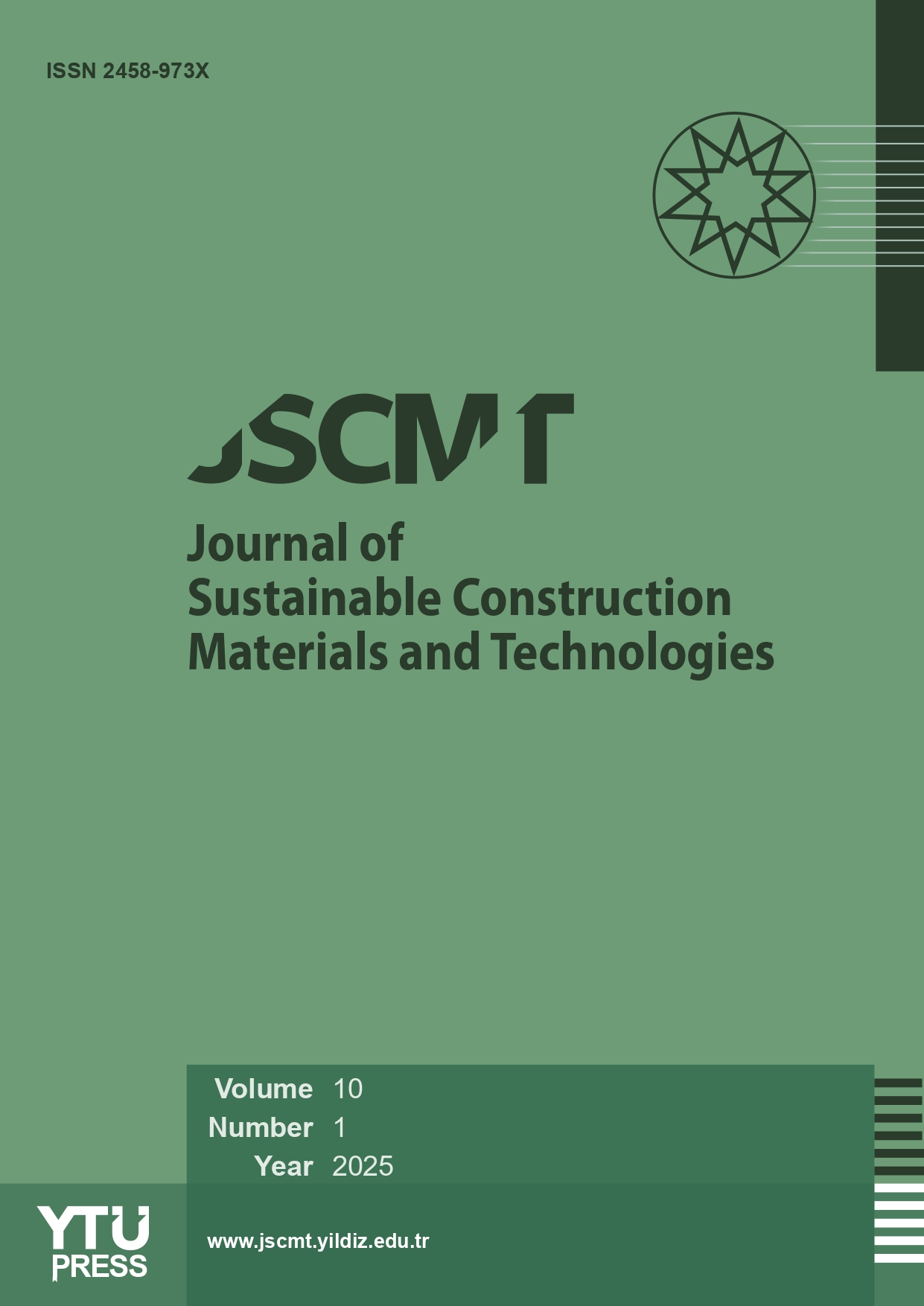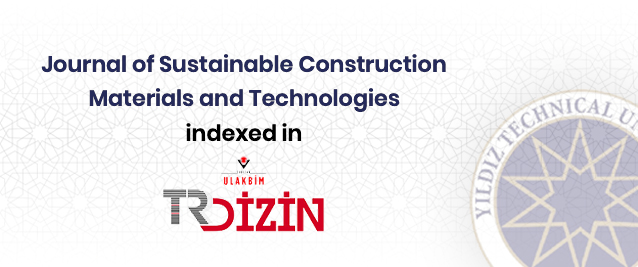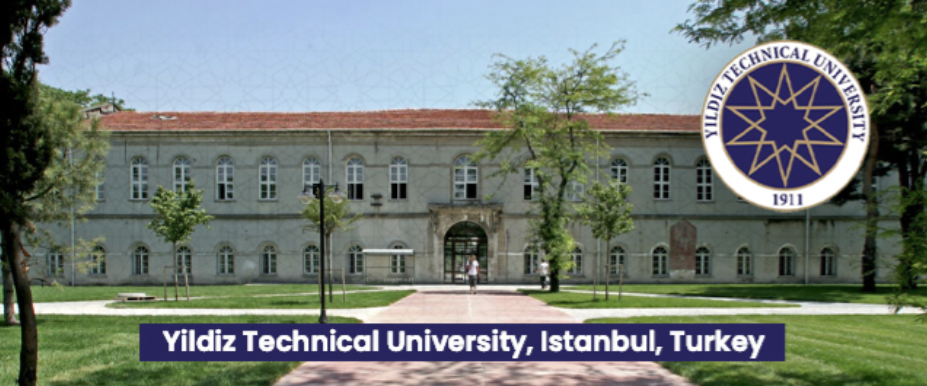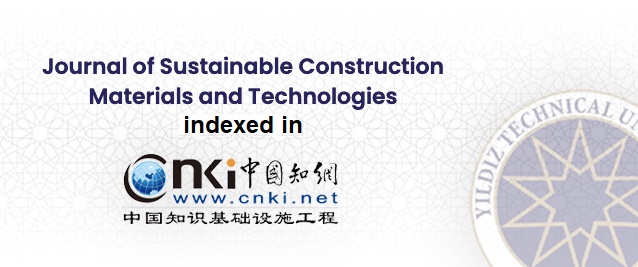Abstract
High speed rail systems are an important transportation system that is desired to be developed in almost every country around the world. These systems made train transportation more attractive than conventional railways. Train speed is the most effective parameter that differs from each other when compared to traditional railways. This difference requires special designs in order to keep the vibration that will occur during movement in high speed systems within the limits that will not harm the substrate and the environment. Vibrations caused by high train speed are transferred from the rails to the sleeper and to the ballast system through the sleeper in common ballast systems, and can cause serious deformations in the rail system and the ground. These cases that pose a problematic in high speed rail systems need to be resolved. The geodynamics of these systems examine the vibration problems caused by motion caused by high-speed trains and the deformations caused by this vibration. It tries to ensure the conformity of the rail system to the continuous movement and the safety conditions of the system. The design of high-speed rail systems, which have many variables and unknowns compared to traditional railways, is the common work area of ground and railway engineering. In this article, the geodynamics of fast transportation systems, the main structures and design of these systems, and their operation methods are examined. At the same time, the ballasted and non-ballasted conditions of fast transport structures are also discussed in detail.
















